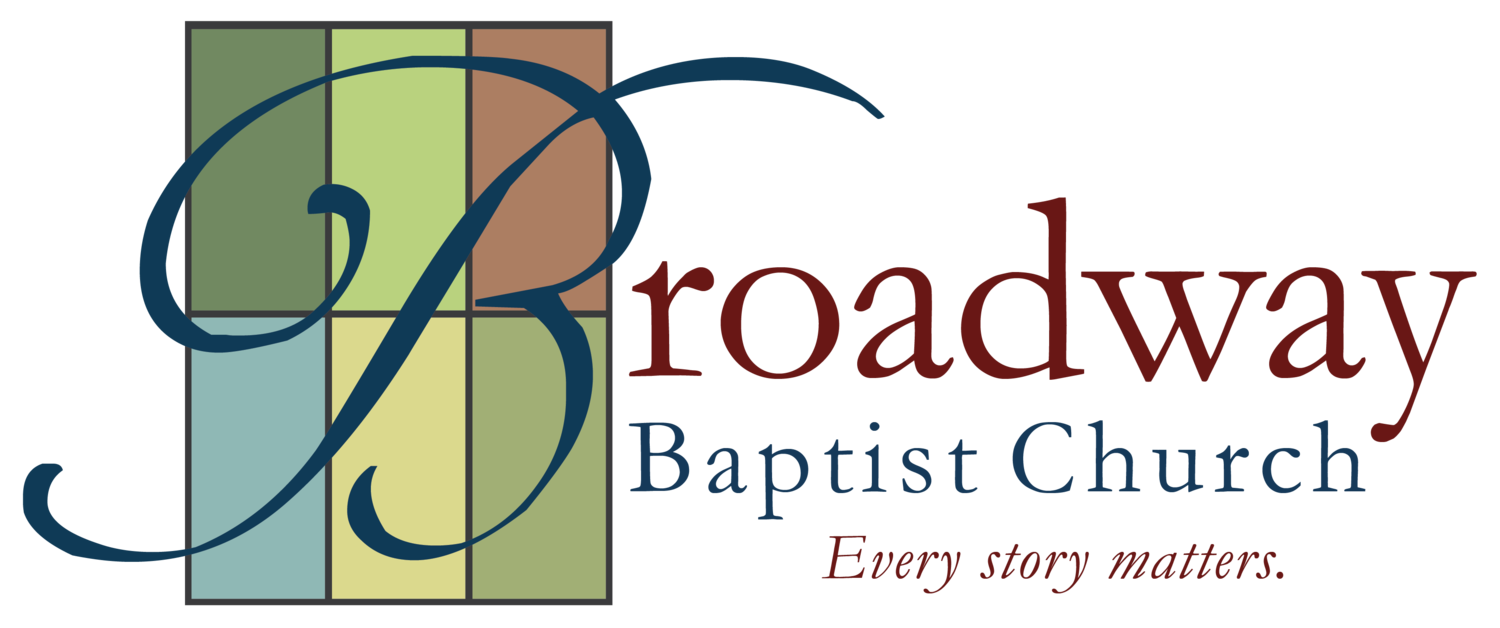Synopsis:
Jesus heals a man born blind. His disciples assume he is born blind because of his parent’s sin, but Jesus tells them this is not so, spits in the mud, rubs it on his eyes, and sends him to wash in a pond. Immediately, everyone in town who knows this man start asking questions, and the religious authorities get involved. Because Jesus heals on the sabbath (using religious rules as a technicality rather than celebrating this man has been healed), the Pharisees are outraged and interrogate the man who is now seeing for the first time in his life with fresh, healed eyes. They want him to agree that Jesus is a sinner for healing him on the sabbath and that Jesus is a charlatan. With great humility and simplicity the man responds, “Look, all I know is I was blind, and now I see.” No matter our level of sight impairment, the trans-formative power of the Gospel illuminates our mind’s eye to imagine new possibilities beyond the situations into which we are born. We are invited to re-imagine our lives (through dreaming), our relationships (through reconciliation), our homes (through clearing), and our communities (through peacemaking and justice) with fresh eyes as if we were seeing the world for the first time.










